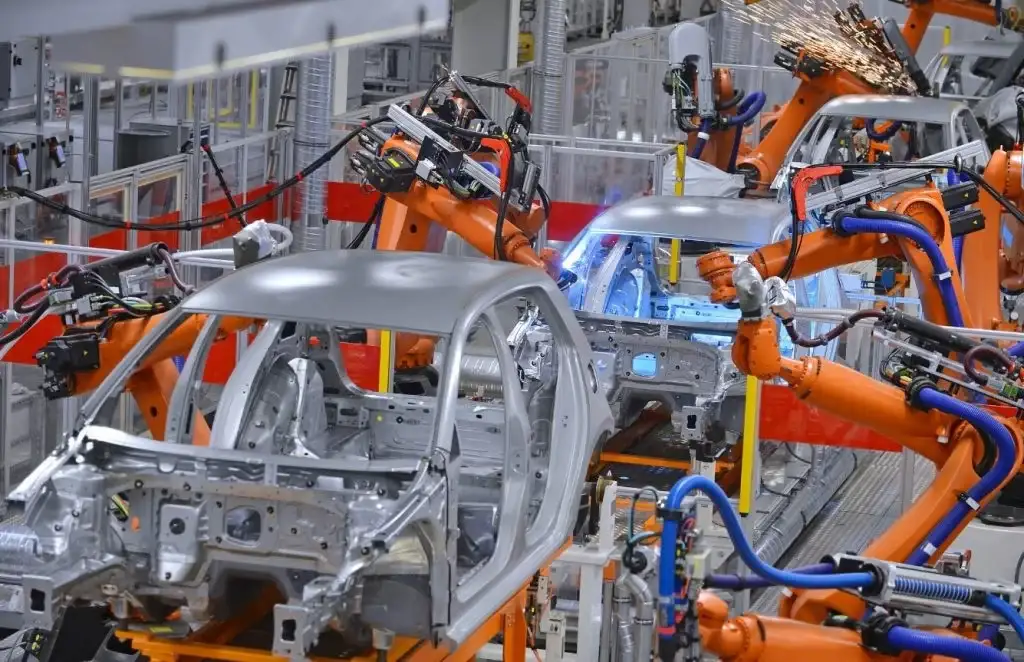Introduction
Gear manufacturing is a critical component of many industries, ensuring the smooth operation of machinery and equipment. With the demand for high-quality gears on the rise, traditional inspection methods are no longer sufficient to meet the required precision and efficiency standards. This is where Visual Inspection Systems come into play.
The Importance of Gear Manufacturing
Gears are the silent heroes of machinery. They transmit power and motion while ensuring the smooth and precise operation of various systems. Whether it’s an automobile transmission or a complex industrial machine, gears are at the heart of it all. Therefore, the quality of gears is paramount.
Challenges in Traditional Gear Inspection
Traditional methods of inspecting gears often involve manual measurements and visual inspections, which are time-consuming and prone to errors. Human errors can lead to costly defects and production delays. Moreover, traditional methods cannot match the speed and accuracy of Visual Systems.
The Role of Visual Inspection Systems
Visual Inspection Systems utilize cutting-edge technology such as artificial intelligence and machine learning to analyze gears with unparalleled precision. These systems capture high-resolution images of gears and use algorithms to detect even the tiniest imperfections.
Benefits of Visual Inspection Systems
Enhanced Precision
Visual Inspection Systems can detect defects that are virtually invisible to the human eye. This level of precision ensures that only flawless gears make their way into the final product.
Increased Efficiency
The speed at which Visual Systems operate is unmatched. They can inspect hundreds of gears in a matter of seconds, significantly reducing production time.
Cost Savings
By catching defects early in the manufacturing process, Visual Inspection Systems prevent costly rework and recalls. This leads to substantial cost savings for manufacturers.
Quality Assurance
Visual Inspection provide consistent and objective assessments, eliminating the variability associated with manual inspections. This leads to consistently high-quality gears.
Integration into Manufacturing Processes
These systems can be seamlessly integrated into existing manufacturing lines, ensuring a smooth transition to a more efficient and precise inspection process.
Types of Visual Inspection Systems
There are various types of Visual Inspection Systems available, ranging from 2D vision systems to advanced 3D imaging solutions. The choice of system depends on the specific requirements of the manufacturing process.
Selecting the Right System
Selecting the right Visual Inspection System is crucial. Factors such as gear type, production volume, and required precision should all be considered when making this decision.
Implementation Best Practices
To fully harness the benefits of Visual Inspection Systems, manufacturers should follow best practices, including regular system maintenance and operator training.
Conclusion
In a highly competitive manufacturing landscape, efficiency and precision are non-negotiable. Visual Inspection Systems have emerged as a game-changer in gear manufacturing, offering unmatched precision, speed, and cost savings. By integrating these systems into their processes, manufacturers can ensure the production of high-quality gears that meet the demands of today’s industries. Don’t miss out on the tremendous benefits that Trident’s Vision Intelligence System – AI Based Visual Quality Inspection for Manufacturing offer. Contact Trident today to learn more about how these innovative solutions can transform your manufacturing operations.



